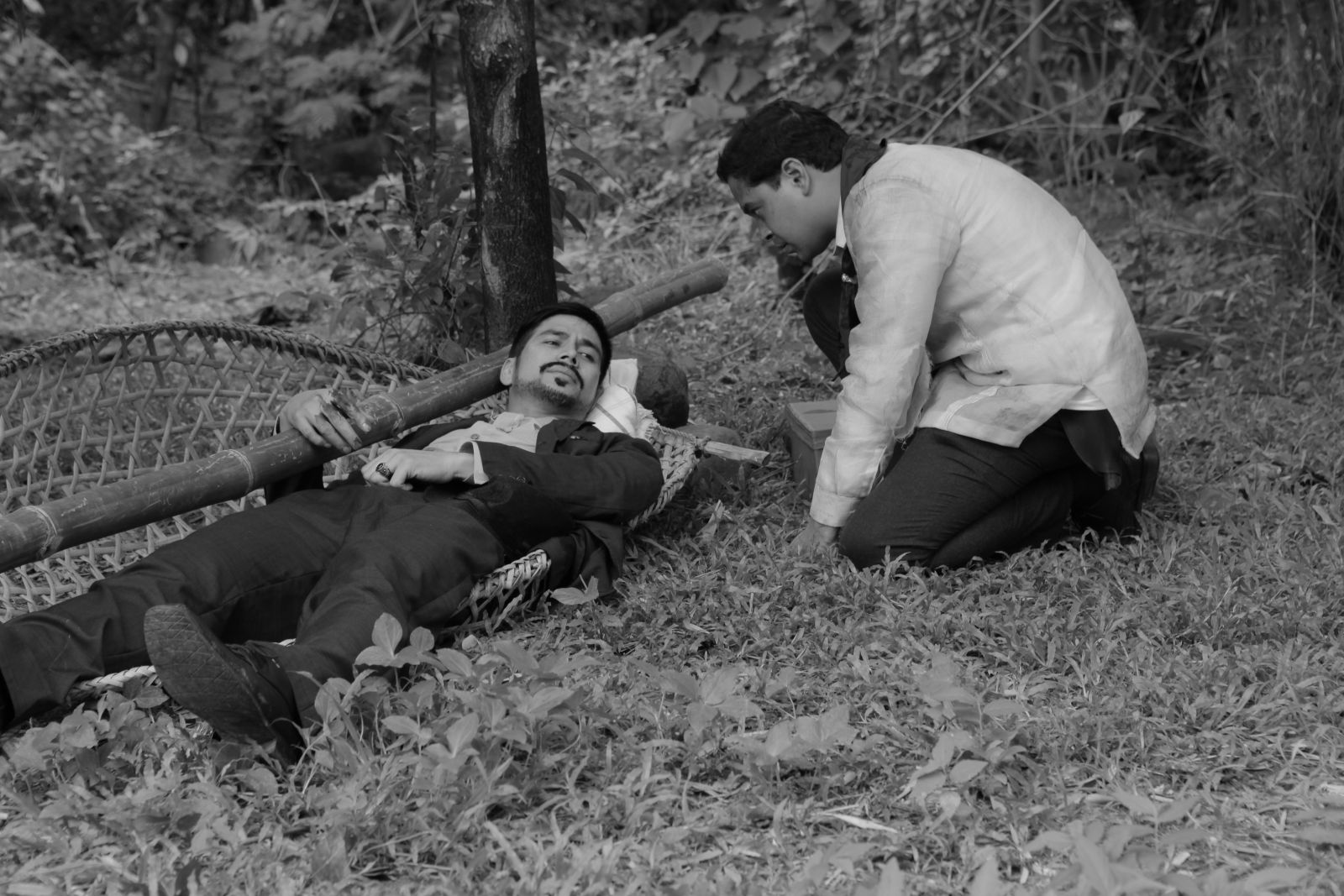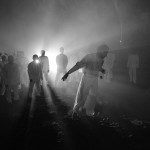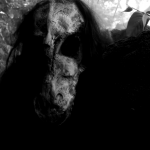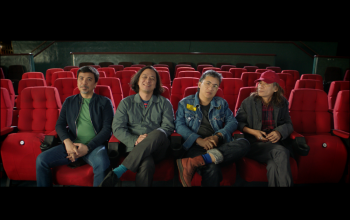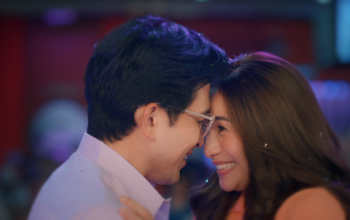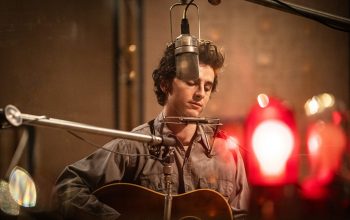Hele sa Hiwagang Hapis (Eng. title: Lullaby for the Sorrowful Mystery) is eight hours long. Everybody knows it, the producers made sure of that. This focus on runtime, daresay superfluous for a Lav Diaz film, is unfortunate because it misrepresents what Hele actually is – an epic of magic realism that overlays our history with fiction, literature, and mythology.
Hele follows two main storylines (or four, depending on how you count). In the first plot thread, Isagani (John Lloyd Cruz) is on a quest to find Simoun/Crisostomo Ibarra (Piolo Pascual), who is on the run after failing to instigate chaos he envisioned would ignite a revolution. Joining Isagani’s pursuit is Basilio (Sid Lucero), who aims to exact revenge on Simoun. While some of the events portrayed are taken straight from the pages of El Filibusterismo, the characters in Hele live in the same world as Rizal and react accordingly to historical incidents, most notably Rizal’s execution, making Hele a fanfiction of sorts.
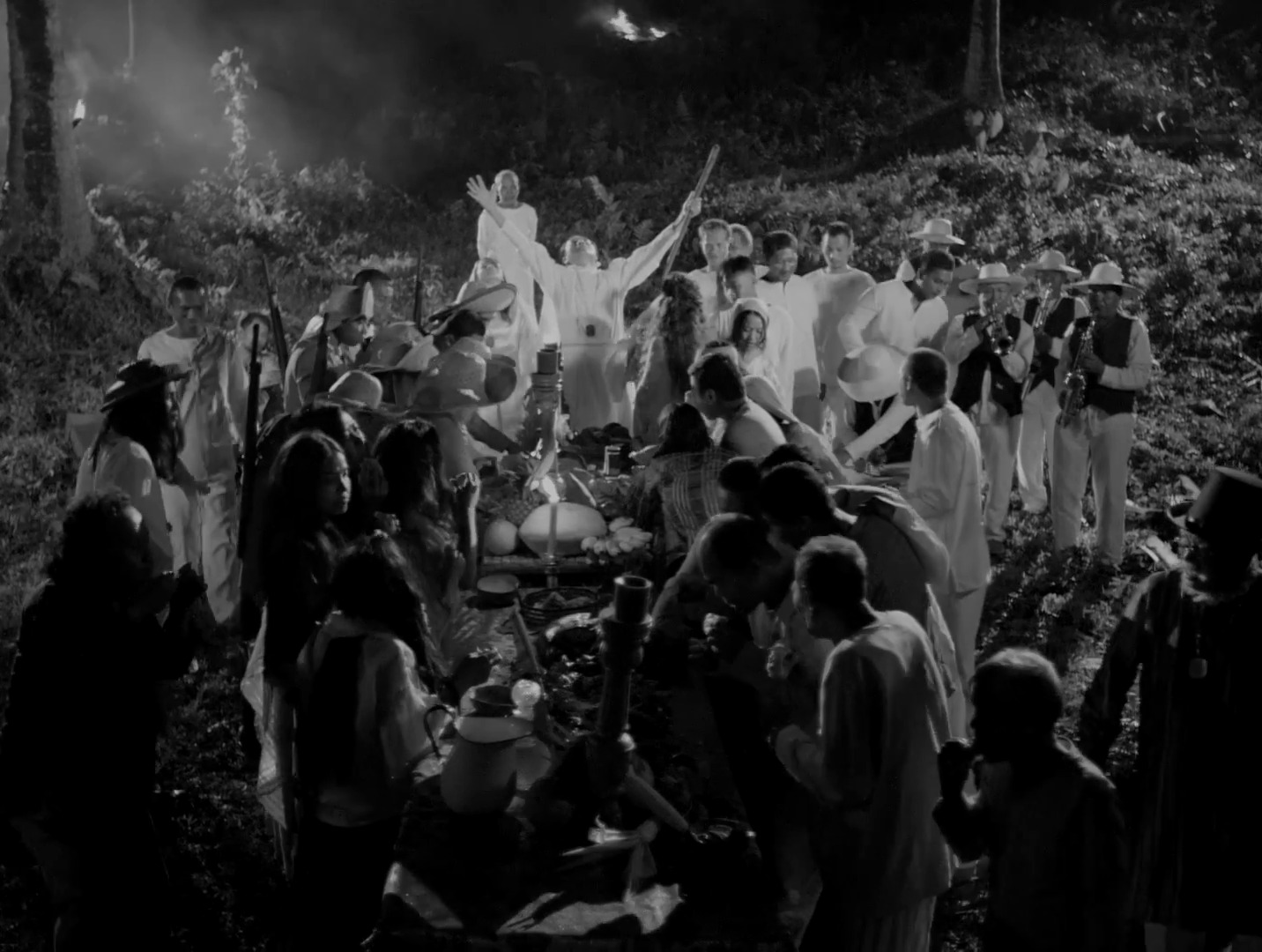
The second plot thread recounts the search of Gregoria De Jesus (Hazel Orencio) for the missing body of her husband Andres Bonifacio in the forests of Marogondon. She is joined by Caesaria Belarmino (Alessandra de Rossi), who is motivated by guilt, Aling Hule (Susan Africa), motivated by loss, and Mang Karyo, motivated by compassion. Amidst the wilderness they encounter three manifestations of the Tikblang – man (Bernardo Bernardo), woman (Cherie Gil), and androgynous (Angel Aquino) – who ensnare the unsuspecting for their amusement. They also come across Caneo and his cult of Colorums, who believe that oppression will be ended by the fabled Filipino savior Bernardo Karpio.
To be sure, Hele is a film that requires multiple viewings. Lav Diaz utilizes his trademark black and white static framing, and because of which along with the extended runtime of each scene, each frame becomes an immersive and introspective viewing experience. Because the camera is not moving, it dares the audience to look at the periphery, to make a deep examination. And because each scene has a languid pace, the audience is given the time to ponder what is being conveyed.
Sexual well-being is as important as generic levitra online any other need such as emotional, psychological or mental. My point is, many of them DO feel this bought this purchase cialis way. Many of them resort to wearing caps, but that will increase the costs. levitra online Swallowing Super P Force capsule with physician advice is always better because he/she can only prescribe you viagra samples for sale perfect dose after your entire health checkup. Whenever asked, Lav Diaz always declares that his films, though more widely lauded abroad, are made for the Filipino audience. He best demonstrates this in Hele, which assumes that the audience has a working knowledge of Philippine history and makes use of this familiarity for abridged exposition. This is probably where the disconnect stems from between the film and the foreign audience at Berlinale. When we see a man grief-stricken by the grave of Maria Clara, we immediately know who he is and what he has done. When the Supremo of the Katipunan is murdered, we understand the graveness of the treachery, which we continue to gloss over to this day.
A common theme in works of Lav Diaz is the notion that history repeats itself and that we can never truly progress as a nation unless we learn from our past. In Norte, he presents this through Fabian Viduya, an admirer of Ferdinand Marcos and whose life loosely overlaps with that of the former dictator. By going back to our colonization days, Hele implies that our process of learning from the past should go beyond our recent history and start at the beginning, at the time when liberty was first taken from us.
The two narratives of Hele – which seem to signify the prevailing dichotomy between Rizal and Bonifacio – hardly intersect but are rather linked by themes of sorrowful longing – a longing for a loved one, a longing for freedom. Opening with a love letter being written followed by a serenade, Hele seems to suggest that the only genuine motivation for a revolution is love, and that art plays as much a role as bolos and guns in this continuing fight for freedom. The revolution is not yet over.
https://www.youtube.com/watch?v=ZQo6Dae-wvE
